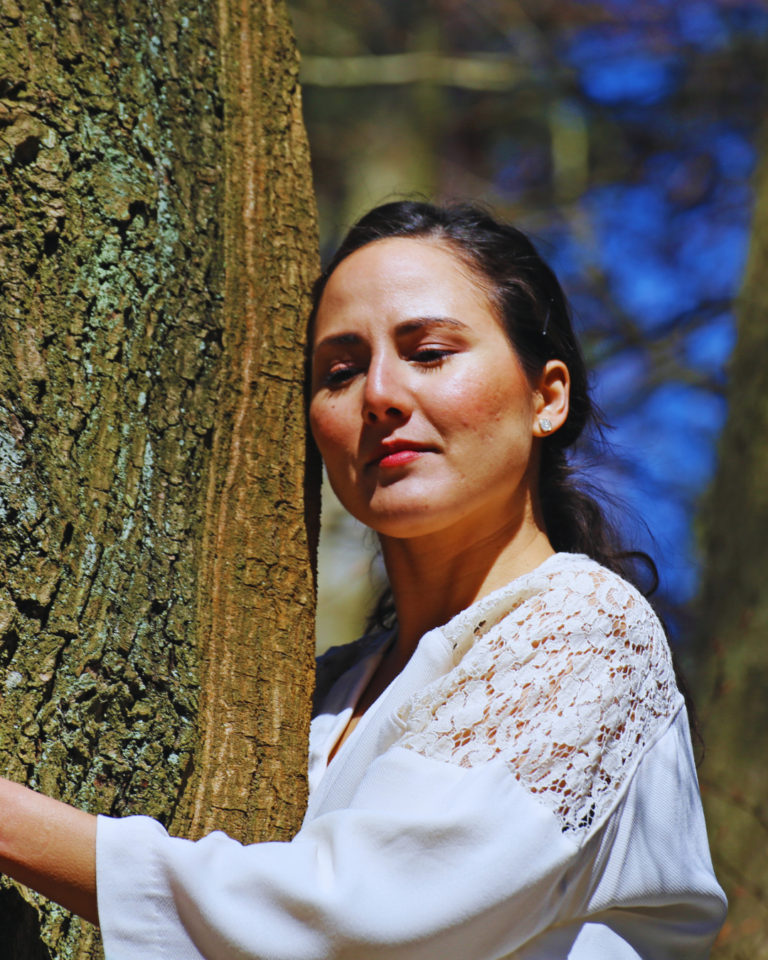Daily sunlight exposure plays a significant role in influencing mood. Research indicates that natural light can enhance serotonin production in the brain, leading to improved feelings of well-being and reduced symptoms of depression. Many individuals notice a positive shift in their mood with increased sunlight, making it a simple yet effective way to promote mental health.
The relationship between sunlight and mood is interconnected with the body’s circadian rhythms. When people spend time outdoors, especially in the morning, they help regulate their internal clocks, which can lead to better sleep patterns and greater emotional stability. Observing how light interacts with mood can prompt practical changes in daily routines.
Incorporating more sunlight into one’s day could result in a noticeable difference in mental health. Awareness of sunlight’s impact encourages individuals to seek out outdoor activities, enhancing their overall mood and quality of life.
The Science of Sunlight and Mood
Exposure to natural sunlight plays a significant role in mood regulation. It affects neurotransmitter levels and contributes to vitamin D production, both of which are crucial for mental well-being.
Effects of Sunlight on Neurotransmitter Dynamics
Natural sunlight influences neurotransmitter dynamics, notably serotonin and dopamine. Sunlight exposure boosts serotonin levels in the brain, which can enhance feelings of happiness and reduce symptoms of depression. Serotonin synthesis is stimulated by light exposure, particularly UV rays, which triggers brain activity in regions such as the prefrontal cortex. Enhanced serotonin levels lead to improved mood regulation.
Conversely, lack of sunlight may result in decreased serotonin levels and increased melatonin production, especially during winter months. This can lead to seasonal affective disorder (SAD), a condition marked by depressive symptoms linked to shorter daylight hours.
Vitamin D, Sunlight, and Mental Health
Vitamin D production occurs when the skin is exposed to sunlight. It is essential for various bodily functions and plays a crucial role in mental health. Low levels of vitamin D have been associated with an increased risk of depression and anxiety. Supplementation has been shown to improve mood, particularly in individuals with a deficiency.
Research indicates that adequate vitamin D levels support serotonin synthesis, further linking sunlight exposure to mood enhancement. Regular sunlight exposure can therefore be an effective strategy for promoting mental well-being and happiness.
Seasonal Patterns and Mood Disorders
Seasonal changes can significantly influence mental health and mood disorders. Specific patterns of sunlight exposure and seasonal variations can lead to conditions such as Seasonal Affective Disorder (SAD) and other mood-related issues. Understanding these connections is essential for effective management and treatment.
Seasonal Affective Disorder (SAD) and Sunshine
Seasonal Affective Disorder (SAD) is a type of depression that typically occurs during the fall and winter months. Reduced exposure to sunlight during these seasons can disrupt circadian rhythms and lead to a deficiency in serotonin, a neurotransmitter crucial for regulating mood. Symptoms may include fatigue, lethargy, difficulty concentrating, and feelings of hopelessness.
Research indicates that light therapy, which involves exposure to bright artificial light, can effectively alleviate symptoms of SAD. Regularly bathing in natural sunlight during the day can also help combat mood disturbances. For many people, maintaining a routine that includes outdoor activities, especially in the morning, can make a significant difference.
Addressing Winter Blues
Winter blues refer to the general feeling of sadness or lethargy that some experience when daylight hours shorten. Mood may fluctuate due to a decrease in sunlight, causing disruptions in serotonin and melatonin production. These hormonal changes can contribute to irritability and anxiety.
To address the winter blues, individuals can engage in various strategies. Maintaining a balanced diet, exercising regularly, and seeking out natural daylight whenever possible can be beneficial. Additionally, social interactions and participation in hobbies can help improve mood during the less sunny months.
Sunlight and Bipolar Disorder
Bipolar disorder, characterized by extreme mood swings, can also show seasonal patterns. Individuals may experience manic or depressive episodes that coincide with changes in sunlight exposure. Research suggests that longer daylight hours in spring and summer can lead to heightened energy and potentially manic episodes.
Conversely, darker months may trigger depressive episodes. Carefully monitoring exposure to sunlight and maintaining a stable routine can aid in managing mood fluctuations. Light therapy may also be an effective adjunct treatment for those with bipolar disorder, but it is essential to consult with a healthcare professional before starting new interventions.
Lifestyle and Sun Exposure
Daily sunlight exposure plays a crucial role in influencing mood and overall well-being. Understanding how individuals can balance natural and artificial light, practice mindful sun exposure, and incorporate outdoor activities can enhance their mental health.
Balancing Natural and Artificial Light
Maintaining a balance between natural and artificial light is vital for mood regulation. Natural light helps regulate melatonin production, a hormone that affects sleep patterns and emotional well-being. Exposure to sunlight during the day reduces reliance on artificial sources, which can disrupt circadian rhythms.
To optimize light exposure, individuals should aim for at least 30 minutes of natural light each day. Opening curtains, spending time outdoors, or sitting near windows can increase the amount of sunlight in daily routines.
Minimizing screen time in the evenings is also beneficial. Artificial light, especially blue light emitted from devices, can interfere with melatonin production, making it harder to maintain a healthy sleep cycle and mood.
Mindful Sun Exposure
Mindful sun exposure involves being intentional about the time spent in sunlight while considering skin health. Short bursts of exposure can stimulate the production of serotonin, which enhances mood and energy levels.
Individuals can adopt a mindful approach by integrating sun exposure into daily habits. Activities such as walking during lunch breaks or enjoying morning coffee outdoors can be effective. Wearing sunscreen during prolonged sun exposure protects the skin while still allowing benefits. Listening to the body is essential. If feeling fatigued or overwhelmed, stepping outside for fresh air and sunshine can provide an immediate mood lift. This practice reinforces self-care and awareness of how light impacts emotional states.
Incorporating Outdoor Activities
Incorporating regular outdoor activities can significantly boost mood and facilitate greater sunlight exposure. Engaging in physical activities outside, such as walking, jogging, or cycling, enhances both mental and physical well-being. Outdoor exercise can elevate energy levels and improve mood through increased endorphin production.
Even simple activities like gardening or outdoor sports can provide essential sunlight exposure. Scheduling regular breaks outdoors during the day can counteract long periods spent indoors under artificial light.
Social interactions during outdoor activities also foster connections, contributing to improved mental health. Group walks or outdoor sports can create a sense of community, further enhancing the mood through shared experiences and interaction with nature.
Sunlight and Circadian Rhythms
Exposure to natural light plays a crucial role in regulating circadian rhythms, which significantly impacts sleep patterns and overall mood. Understanding how light affects these biological processes can clarify the importance of daily sunlight exposure for mental health.
Regulation of Sleep Patterns
Circadian rhythms are biological cycles that repeat approximately every 24 hours, influencing sleep and wakefulness. Natural light is a primary cue for these rhythms, helping to signal when to be active and when to rest.
The presence of daylight promotes alertness and cognitive function, while darkness signals the body to prepare for sleep. Insufficient light exposure, especially during the day, can disrupt these cycles, leading to difficulties in falling and staying asleep, as well as increased anxiety levels.
The Role of Natural Light Exposure in Daily Life
In daily life, natural light acts as a key regulator of mood and behavior. The body’s production of melatonin, a hormone that regulates sleep, is closely tied to light exposure. Morning sunlight assists in suppressing melatonin, allowing individuals to feel more awake and alert.
Conversely, excessive blue light from screens during the evening can interfere with melatonin production. This interplay between natural light and artificial sources shapes circadian rhythms and directly influences mood. Light therapy has emerged as a helpful method to counteract the effects of inadequate natural light, particularly in regions with long winters or limited daylight.




